The world of streaming continues to change rapidly, with major players making big moves to consolidate power and compete for subscribers. The latest development involves discussions between Paramount Global and Comcast about potentially combining their services, Paramount+ and Peacock, into a streaming bundle.
This comes on the heels of other collaborations, like Disney’s bundling of Disney+, Hulu, and ESPN+, and the proposed sports-focused streaming platform from ESPN, Fox, and Warner Bros. Discovery. As costs rise for consumers, these mergers aim to provide more content and savings.
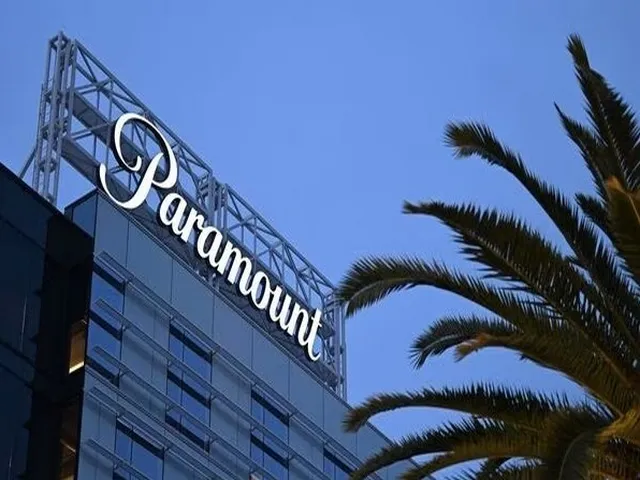
However, they also threaten to recreate the dynamics of cable bundles that streaming initially promised to disrupt. The implications across the entertainment world, including sports broadcasting, remain to be seen.
The Impact of Streaming Consolidation on NFL Broadcasts
The potential streaming mergers have big implications for the NFL’s broadcasting future. As partners like ESPN, Fox, and Warner Bros. Discovery consolidate streaming offerings, the NFL’s leverage from scarcity of games may erode. However, a streaming world also brings more potential customers.
The league could sell more individual packages, like alternative broadcasts, instead of bundling them with networks’ rights. While the NFL prefers more bidders than packages, if companies combine forces, there are fewer bidders.
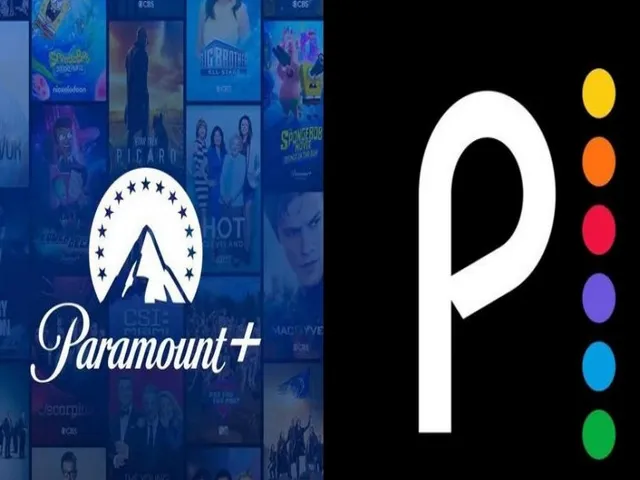
But live sports still draw big audiences amidst fragmenting viewership, so the NFL retains significant power over partners. The league will likely aim to balance and maximize revenue across broadcast, cable, and streaming as the TV landscape evolves.
Paramount Plus and Peacock: A Potential Streaming Powerhouse
A Paramount+/Peacock streaming bundle could be a formidable force. Paramount brings a mix of broadcast, cable, and movies, while Peacock offers NBC shows, films, and live sports. Together, they’d have coveted sports rights, including NFL, college football, soccer, and more.
With Paramount struggling financially, a deal could cut costs through shared technology, marketing, and customer service. It provides Paramount with an urgently needed lifeline. Still, details remain speculative. All streamers seek profitability, and mergers aim to attract subscribers through more content and savings versus endless fragmentation.
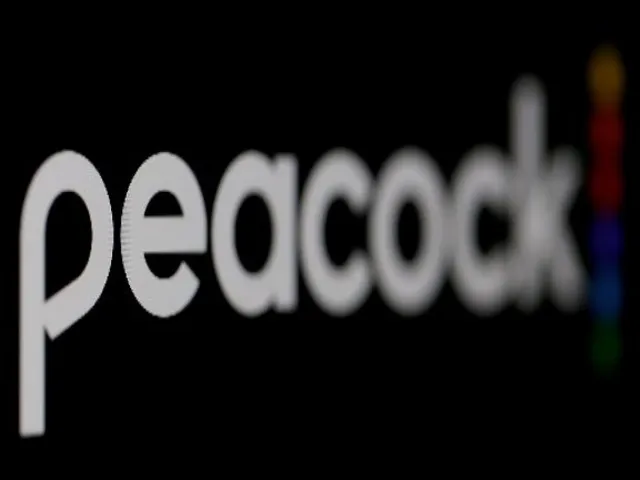
While early streaming promised personalized bundles, recreating cable may better serve broadcasters and consumers long-term. It will be really interesting to see what types of bundles these services offer and if they will be able to compete with other similar services or not.
The Pros and Cons of Streaming Service Bundling
Bundling streaming services has trade-offs for companies and consumers. On the plus side, bundling provides more content in one place and can offer savings compared to multiple subscriptions. This can reduce subscriber churn and attract new sign-ups. However, it risks recreating the bloated cable bundles people dislike if consumers pay for channels they don’t watch.
Fragmentation also allows personalization. For media companies, bundling cuts costs through shared infrastructure and marketing.
However, it reduces potential revenue streams by limiting standalone services. Bundled content may also get lost among the sheer volume of options.
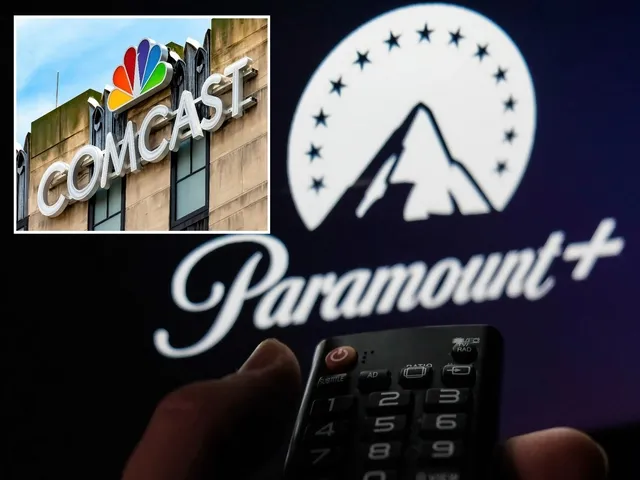
Overall, bundling meets short-term business needs but may not align with long-term consumer interests. It is always recommended to check the features a streaming bundle is offering to ensure you are getting enough in return for the price you are paying for the bundle.
NFL’s Response to Shifting TV Broadcasting Dynamics
The NFL has expressed concerns about broadcast partners consolidating into meg-bundles, worried it could erode the league’s leverage in rights deals. But the NFL also sees opportunities in the shifting TV landscape. New streaming entrants like Apple and Amazon represent potential bidders.
More customers worldwide increases value for rights. The league can also benefit from selling alternative broadcasts separately rather than packaged with networks’ rights. This incremental revenue comes without added inventory. While broadcast evolution presents risks, the NFL aims to maximize revenue across broadcast, cable, and streaming.
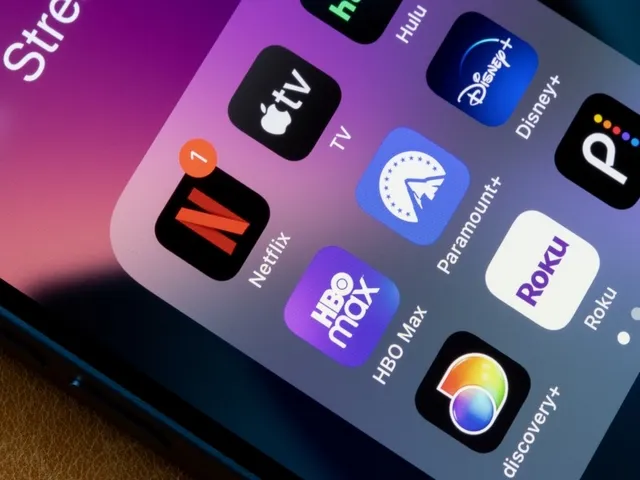
Its premium live content remains very attractive, even as packages change. The NFL will likely adapt its distribution model while exerting pressure on partners.
The Future of Live Sports Coverage in an Evolving Media Landscape
The future of live sports on TV is in flux as media consolidates and streaming grows. Exclusive streaming rights may replace broadcast and cable. Consumers may need multiple services to follow their favorite teams and leagues. But costs could fall if bundles provide access across platforms.
Niche sports may thrive on streamers versus cable. Interactive or enhanced viewing could personalize streams. With cheaper production from cloud, VR and player POVs may supplement traditional coverage. Regional blackout restrictions may fade in streaming.
As bundles recreate cable dynamics, leagues may take back more distribution control. In this evolving landscape, streaming opens opportunities if leagues and platforms innovate beyond replicating linear TV.